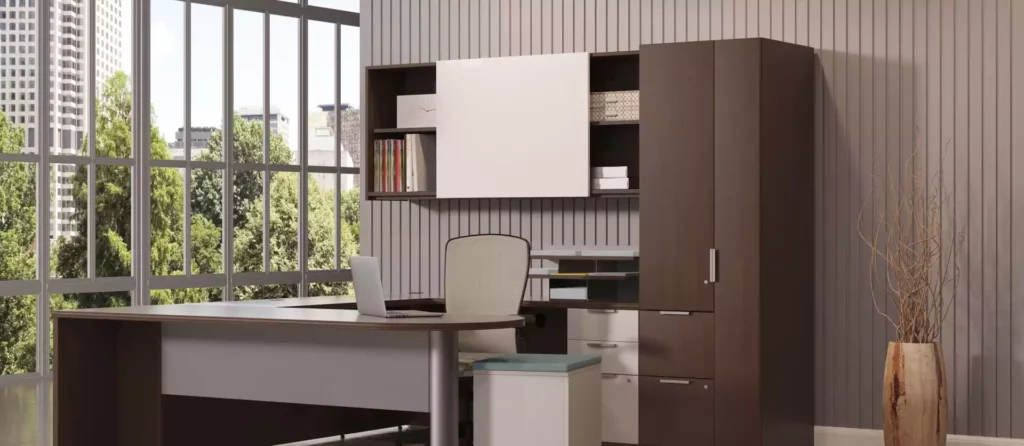Effective M&E space planning is critical for creating workplace that promotes productivity, collaboration, and innovation. Here are some key strategies for achieving this goal:
- This may involve conducting surveys, focus groups, or interviews with employees to gather feedback and insights.
- Embrace flexibility: Flexibility is key to creating a high-performance workplace that can adapt to changing needs and priorities. This may involve incorporating movable walls, modular furniture, and other flexible design elements that can be easily reconfigured as needed.
- Foster collaboration: Collaboration is essential for driving innovation and achieving business goals. To promote collaboration, consider incorporating open workspaces, shared meeting rooms, and collaborative tools and technologies.
- Prioritize ergonomics and comfort: A comfortable and is essential for and reducing the risk of injury or discomfort. This may involve incorporating adjustable chairs, sit-stand desks, and other ergonomic furniture and accessories.
- Optimize technology: Technology plays a key role in modern M&E spaces, and it’s important to design spaces that can accommodate a range of technological tools and devices. This may involve video conferencing systems, and other cutting-edge technologies.
- Incorporate sustainability: Sustainability is increasingly important in M&E design, and incorporating sustainable design elements can have numerous benefits, including reduced energy costs, improved indoor air quality, and increased employee well-being.



